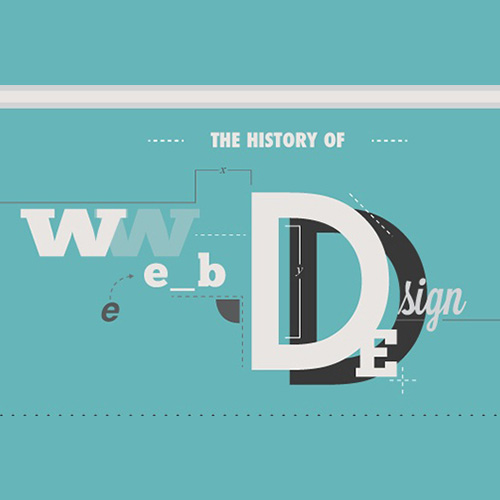History of Web Design Technologies
Web design technologies have evolved over time giving web developers the opportunity to come up with new generations of immersive and useful web experiences. The web these days is a result of continuous labors and accomplishments of an open web community which helps distinguish web technologies such as CSS3, HTML5 and WebGL ensuring that all web browsers support them.
Web Design Technology Evolving
 1989 – Lynx
1989 – Lynx
This year was the unbroken age of web design. Picture Lynx and other web browsers that were Unix-based which did nothing more than spit out bits of text from one monitor to another inside university networks. There is only a blinking cursor and a bunch of text; no graphical user interface.
1995 – Tables
Next came browsers that images could be displayed on. The closest option we had for structuring information was through tables that already existed in HTML. Basically, adding tables inside tables and coming up with brilliant ways of mixing fluid cells with static cells. The good news, JavaScript popped up to make things easier for designers. Creating dynamic site designs also became easier with flash, for instance, have a window pop up or modify the content order on a page dynamically. JavaScript, however, is slow when you compare it to native HTML.
1996 – Flash
To break the restrictions of current web design, a new technology was introduced that showed promise. The web designer could design any type of layouts, shapes, interactions, animations, use any fonts and do all of this using one tool – Flash. The aftereffect is compressed into a single file and displayed on the browser. Of course, the user would need to have the latest flash plugin and some time on their hands to wait as it loaded. This was the time of intro animations, splash pages and all types of interactive effects. Sadly, it was not too search-friendly or open and definitely took up a great deal of processing power. When Apple came out with their iPhone (2007) and decided to abandon Flash, it started to deteriorate, for web design at least.
1998 – CSS
In 1998, CSS was unleashed and seemed to be the answer to a lot of early web design problems. By dividing up a website’s content from its aesthetic, technology was finally put in designers’ hands that enabled them to design sites exactly how they wanted them, custom-made for the specific device it was displayed on. Early versions of CSS were not that flexible, however, eventually it became a crucial technology for web designers to master.
2007 – Mobile
The introduction of the iPhone stirred up whole new issues for web designers in the year 2007. How are they supposed to design a site that will fit on the smaller screens of smartphones? The solution the designers adopted in the beginning was a grid system. This system stripped columns away from a site’s design depending on the device’s screen size.
2010 – Responsive Web Design
Ethan Marcotte, a brilliant man, took it upon himself to challenge the current approach by suggesting the use of the same content, but with different design layouts which brought about the term: responsive web design. We do technically still use CSS and HTML; therefore it is rather a theoretical advancement. There are still various misconceptions here. For the web designer, responsive meant mocking up a variety of layers. For the client, it meant it can work on the phone and for the developer, it is the download speeds, how images are served, semantics, desktop/mobile first and more. The primary advantage here is the content balance, meaning the site works everywhere.
What happens in the future? In our grasp is total flexibility. Soon enough web designers will not need to stress about browser compatibility any more. They will have all the right tools needed to make websites look and function how they want and on any device.
This essay about web design is written by AdvancedWriters.com – online writing service.
Read More at History of Web Design Technologies
